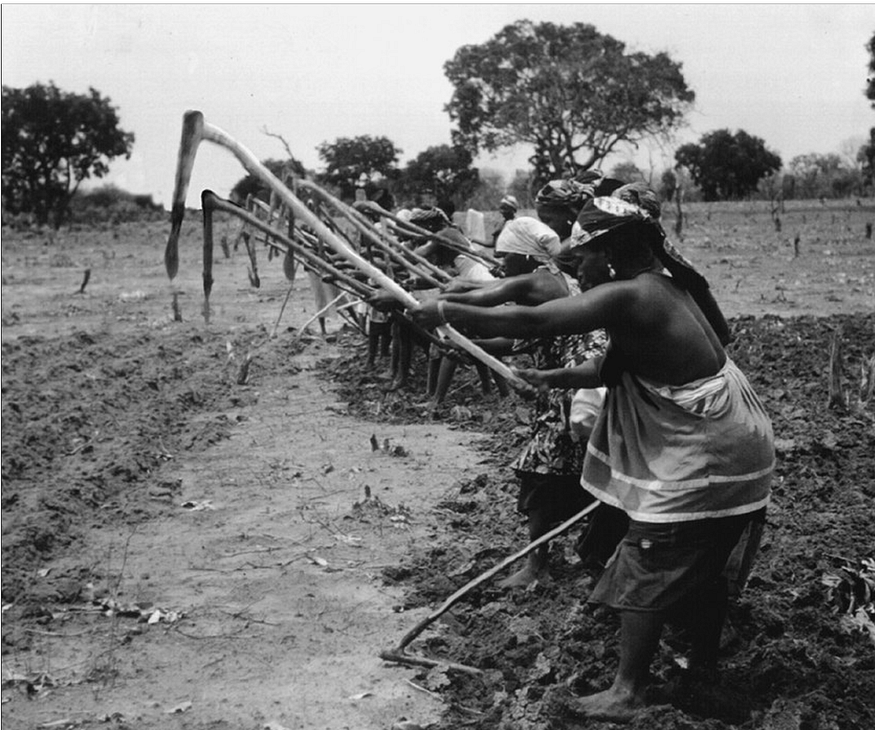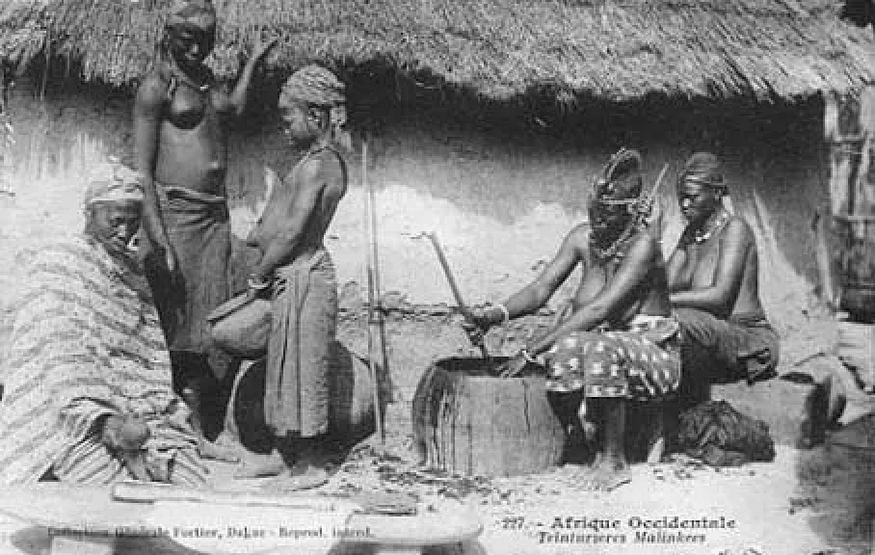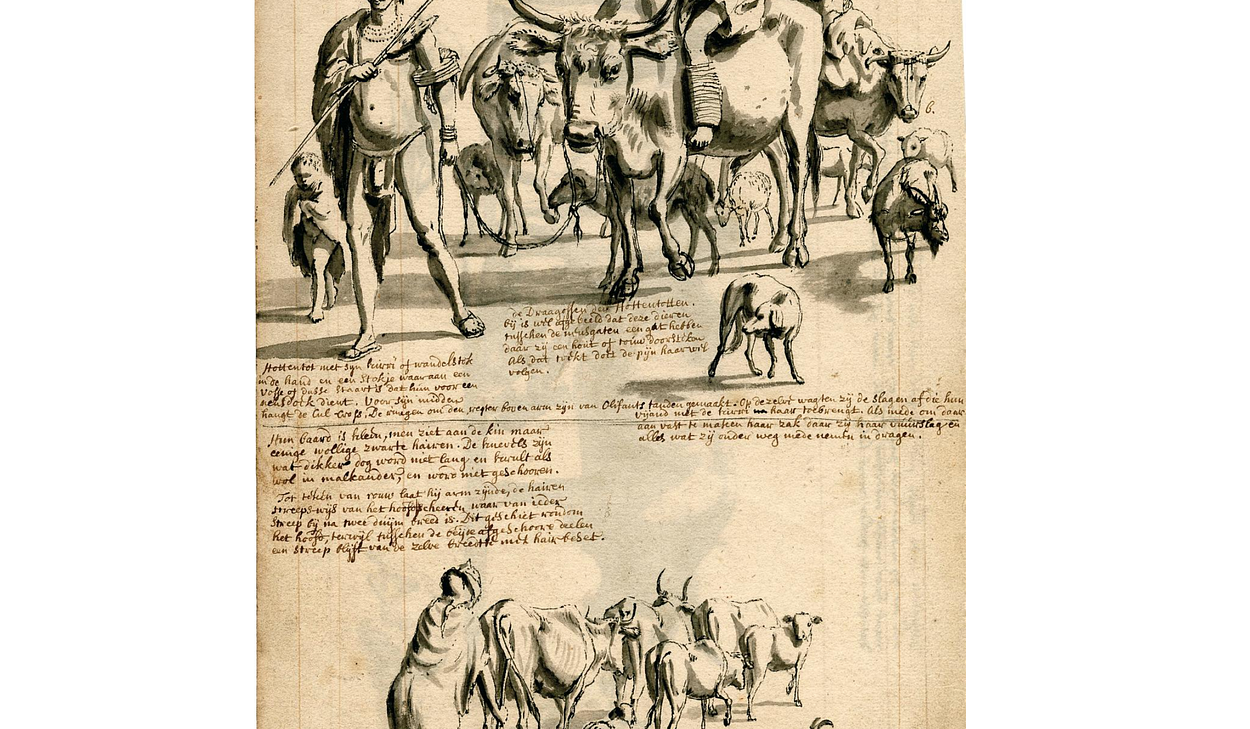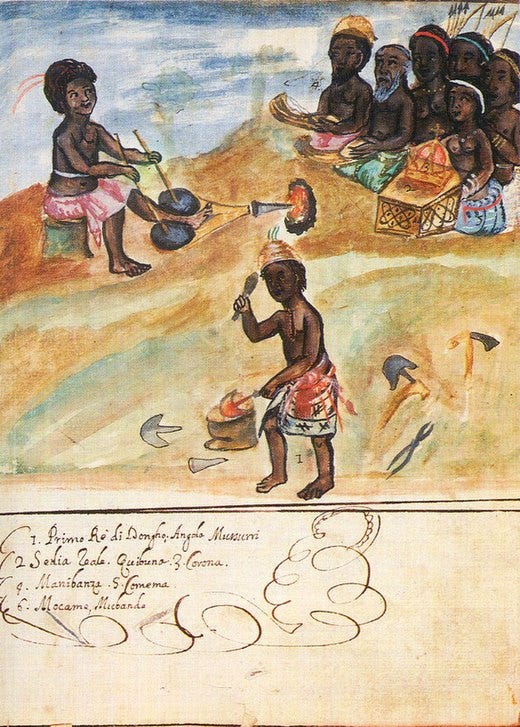African Skills and Expertise that Grew the Americas
Dana P. Saxon -Published in AfroSapiophile Jul 23, 2023 -AfroSapiophile is a hub for critical thinking and analysis pertaining to civil rights, human rights, systemic racism and sexism across politics, entertainment, and history.
Let’s highlight just a few examples of the knowledge and skills that African people had prior to their enslavement, which European settlers relied upon for their survival and economic growth in the Americas.

Agricultural Expertise
African people have had extensive experience in farming and agriculture for thousands of years. Their knowledge of crops and farming techniques introduced new crops to the Americas, including yams, okra, peanuts, and rice. Once they were in the Americas, enslaved Africans developed new and improved farming techniques that further increased crop yields and profits for Americans and Europeans, including crop rotation, irrigation, and terracing.
Here are a few examples of the agricultural expertise that Africans brought to the Americas:
· Rice Cultivation
Rice, which is a tall grass that traditionally thrived in warm, wet climates, has origins in two parts of the world: Asia and Africa. The cultivation of rice began in West Africa thousands of years ago, particularly along the Niger, Sine-Saloum, and Casamance Rivers. Therefore, Africans who were enslaved in these regions, including modern day Niger, Senegal, Mali, and Sierra Leone, were often experienced rice farmers.

Because of the suitable climate, enslaved Africans first cultivated rice in the Caribbean and South America. Later, it was introduced to southern parts of the United States, including South Carolina. Because they were highly skilled and familiar with the labor-intensive process of rice cultivation, enslaved Africans were responsible for planting, harvesting, and processing the rice plant in all these regions.
Eventually, Africans helped to develop new methods of rice cultivation that were adapted to the climate and landscape of the American South. As a result, the United States became a major producer of rice, with enslaved Africans significantly boosting the Southern economy.
Cotton Cultivation
Similar to rice, cotton is a native plant of Africa that has been cultivated there for thousands of years. Therefore, enslaved Africans had the knowledge, skills, and strength that were required to withstand the arduous process of cotton cultivation with limited tools and under the difficult conditions of a hot climate. In the American South, they also had to develop new methods to adapt the cotton cultivation process to these local conditions.
The knowledge and forced labor of African people helped to make the Americas a major producer of cotton, which significantly benefitted American and European economies, and played a major role in the Industrial Revolution.
Indigo Cultivation
For centuries prior to the arrival of Europeans, indigo was a major crop in many parts of West Africa, where it was cultivated for its blue dye, then used to dye textiles, clothing, and other items. Indigo was first cultivated in West Africa by the Soninke people, who lived in the region of what is now Mali, and they originally learned how to cultivate the crop from the people of India. The Spanish were the first Europeans to enslave Africans to work on indigo plantations. Later, other European enslavers sought the skills and knowledge of West Africans to introduce indigo cultivation to other regions in the Americas.

Despite the difficult and labor-intensive work, which often meant being exposed to dangerous chemicals during the dyeing process, enslaved Africans used their knowledge of indigo cultivation to produce high-quality dye. It quickly became an important crop in the Caribbean and many parts of the United States, including South Carolina and Louisiana.
Since indigo was in high demand in the Americas and Europe, the skills of enslaved Africans created considerable economic benefit for the enslavers.
Tobacco Cultivation
Although tobacco is native to the Americas, it was cultivated as a major crop in West Africa long before Europeans arrived. When they were enslaved, Africans were often skilled tobacco farmers, and they brought that knowledge and expertise to the Americas.
Because of these skills with tobacco, enslaved Africans were responsible for planting, harvesting, and processing the tobacco plant. They also had to learn how to roll tobacco leaves into cigarettes and cigars. What resulted was the development of a substantial tobacco industry in the Americas, which significantly expanded the United States' southern economy.
Animal Husbandry
Enslaved Africans also played a key role in the development of the profitable livestock industry in the American South because they were skilled in animal husbandry, which is the process of raising and breeding livestock for food, fiber, and labor.

In West Africa, animal husbandry was a major part of the agricultural economy. Enslaved Africans who were skilled animal herders were responsible for raising cattle, pigs, sheep, and chickens. They also helped to adapt new methods of animal husbandry to suit the needs of the animals, climate, and other circumstances that were unique to the American South.
Other Areas of African Expertise
While enslaved Africans brought tremendous benefits to American and European economies because of their agricultural expertise, they brought plenty of knowledge and skills in other areas because of their African origins.
Craftsmanship, Construction, and Engineering
Prior to their enslavement, Africans were skilled craftsmen and craftswomen who worked in a variety of trades, including carpentry, blacksmithing, masonry, tailoring, and weaving. They were also skilled engineers, and they had experience working in construction with a variety of materials, including wood, stone, and brick. When they were enslaved in the Americas, they played a key role in developing the infrastructure of the American South. For example, enslaved Africans built many of the roads, bridges, and buildings that are still standing today. They also manufactured a variety of goods that their enslavers relied upon, such as furniture, tools, and clothing.

Mining
Enslaved Africans were also skilled in mining, and they worked in mines throughout the Americas. They were particularly skilled in gold and silver mining and helped make the Americas a major producer of these metals.
Medicine
African people brought extensive and sophisticated knowledge of traditional African medical practices to the Americas, using herbs and plants to treat a variety of ailments. Since they knew how to identify and treat a variety of illnesses, their knowledge of medicine was essential to the health and well-being of the enslaved population, and they often served as healers, nurses, and midwives on plantations. For example, to treat malaria, enslaved Africans knew how to use the bark of the cinchona tree to make quinine — a life-saving medicine.
Conclusion
Although this isn’t a complete list of the skills, knowledge, and talents that enslaved Africans brought from Africa to the Americas, it’s enough to debunk the myth that they arrived as empty vessels, waiting to be educated and enlightened by the Europeans who refused to work for themselves.
To be fair, European enslavers did bring a fair number of skills and unique practices that also helped their economies to thrive in the Americas. These skills and practices included, but were not limited to:
· Demoralizing and breaking the spirits of free people
· Weaponizing religion
· Normalizing rape and “breeding” human beings
· Perpetuating and overlooking murder and extreme violence



